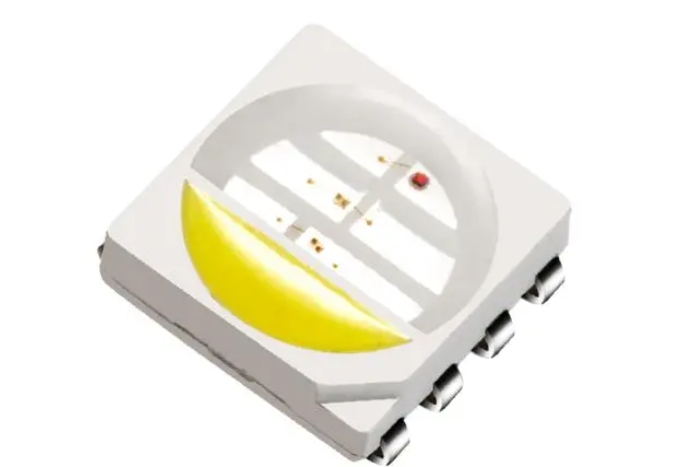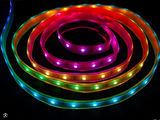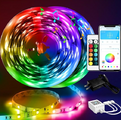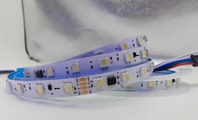Eight ways to evaluate the quality of LED lamp beads
Take a certain model of Sanan LED chip as an example, its size is 23X10mil. This model of chip is divided into four different radiation power levels. When the drive current is set to 20mA, the radiation power of different levels is as follows:
Class D24: radiated power between 26-28mW
Level D25: Radiated power is between 28-30mW
Level D26: Radiated power is between 30-33mW
Level D27: radiated power between 33-36mW
There is a 10mW radiation power difference between D24 and D27, which results in a difference in brightness between chips of the same size. Therefore, when selecting a chip, it is crucial to understand its radiated power level.

Selection of lamp bead bracket materials
Common lamp bead holder materials on the market include aluminum, iron, brass and copper. In terms of price, aluminum brackets are the most economical, while copper brackets are at the high end. The price difference between the two can be up to ten times. Even if they are both copper brackets, different silver plating processes will lead to price differences. Usually, products called "good brackets" are mostly made of brass and silver-plated materials.

The importance of chip size
Chip size is usually expressed in mils. Generally speaking, the larger the chip size, the higher its brightness. However, distinguishing chip sizes is not easy without a high-magnification measuring microscope. Calculating the chip area (for example, the area of a 23X10mil chip is 230 square mils) is an effective way to judge the chip size.
Effect of bonding wire material
The connection between the chip and the holder is usually achieved by gold wire soldering. Common bonding wire materials on the market include alloy wire and pure gold wire, among which pure gold wire has better performance. The thickness of the gold wire is also a factor that affects performance. Common diameters include 0.7, 0.9, 1.0, 1.2 and other specifications. Thick gold wire has lower thermal resistance and longer life, so you need to pay attention to the material and diameter of the gold wire when choosing.

Types of phosphors
White LED lamp beads are made by coating yellow phosphor on a blue light chip. Phosphors are mainly divided into two categories: aluminates and silicates. Aluminate phosphors (such as YAG) have stable performance and low light attenuation; while silicate phosphors have poor chemical stability but higher brightness. The choice of phosphor depends on the specific application requirements.
Glue quality
The phosphor needs to be mixed with glue and then dotted onto the chip. The quality of the glue directly affects the light attenuation and color drift of the LED light source. Poor quality glue is easy to vulcanize, resulting in increased light attenuation and reduced LED light source life.
Standards for spectroscopy, color separation and voltage division
Spectroscopic refers to brightness binning, which can be based on lumens or light intensity binning. Color separation involves color temperature binning, for example, 3200K-3350K is one binning. The voltage division is divided into voltage levels, such as 3.0V-3.15V. These binning standards are critical to ensuring the consistency and stability of the light source.
The role of LED chip electrode map
The electrode map of the LED chip refers to the arrangement pattern of the electrically conductive electrodes. Different brands and models of chips have different electrode maps. By checking the electrode pattern, the brand of the LED chip can be verified. In the LED lamp bead market, there are problems such as false brightness standards, inconsistent chip sizes, and counterfeit brand chips. You can identify them through the above methods, or seek help from professional testing institutions.





